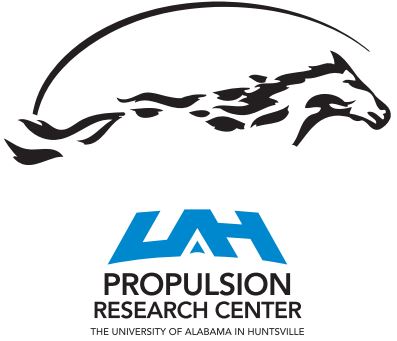OH Production and Jet Length of an Atmospheric-Pressure Plasma Jet for Soft and Biomaterial Treatment
Source
UAH PRC Research Database
Document Type
Article
Publication Title
IEEE Transactions on Plasma Science
Abstract
Atmospheric-pressure plasma jets (APPJs) are currently being studied and developed for the biomedical, chemistry, and physics communities because of their ability to produce desirable reactive species at low temperatures and at atmospheric pressures. Due to the high particle densities, small scales, and nonequilibrium nature of these plasmas, they can be difficult to predict and compare across devices. In this article, a plasma jet is operated over a range of conditions and characterized by using optical emission spectroscopy (OES) and synchronized imaging. The effect of the operating conditions on the gas temperature, jet length, plasma formation, and reactive species produced is reported. The jet is intended for the treatment of soft polymer and bio materials; thus, OH emissions were focused upon. It was found that OH production is dependent on gas flow and plasma density, while reactive nitrogen species are dependent on the plasma interaction with the surrounding air. In general, increasing voltage and frequency resulted in an increase of the reactive species produced. Higher flow rates increase the OH production, while lower flow rates improve the production of reactive nitrogen species. Higher flow rates and voltages also increase the jet length. The presence of each species is additionally dependent on the location relative to the plasma jet. The OH emissions decrease as the distance from the plasma source increases.
First Page
4988
Last Page
4999
DOI
https://doi.org/10.1109/TPS.2019.2942576
Publication Date
10-3-2019
Recommended Citation
Gott, Ryan P. and Xu, Kunning G., "OH Production and Jet Length of an Atmospheric-Pressure Plasma Jet for Soft and Biomaterial Treatment" (2019). PRC-Affiliated Research. 86.
https://louis.uah.edu/prc-research/86


